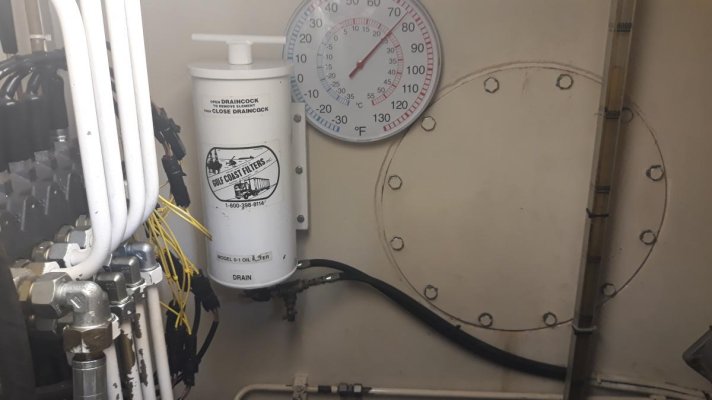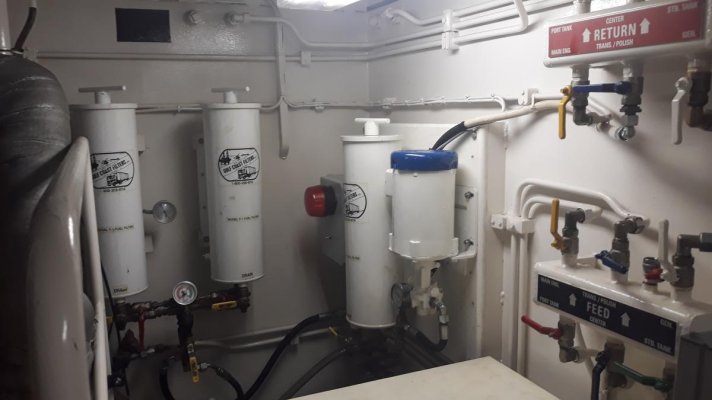I've used bypass filters since 1961. They clean the oil much better and allow longer times between changes if you test your oil. When the original toilet paper filter came out, people with gas engines were going 100,000 miles in their car before changing oil. And oil was still clear. I don't remember the interval for changing the paper, but I think 2000 miles. The cheap TP worked best. 10 rolls for a dollar, then. You can still find the Frantz filter online.
I've probably used most bypass filters made, but never Jackmaster. Looks like a big TP filter. I know fleets using Gulf Coast or similar, testing their oil, and going much longer between oil changes, I think 50,000-100,000 miles. There is a brand that uses 2 rolls of Bounty that works well, can't remember the name. It's commonly used by truckers. I know several truckers going more than a million miles before a rebuild. But if you keep up the filter changes on any bypass filter, you get less wear because the debris in the oil is much smaller. Also fuel is much cleaner with less debris. I use a 2 micron filter and haven't changed an injector in about 10 years. Some years 500+ hours on the mains.
I use a stand alone centrifuge now and never change my oil, just add as needed Detroits), and test about every 500 hours. Last oil change was 10 years ago. 2 Detroits and 2 generators, that's a lot of oil not bought. Excellent oil tests from oil before cleaning. If I test centrifuged oil it comes back new or near new. Last time I tested centrifuged oil I got a call asking why I was testing new oil.


